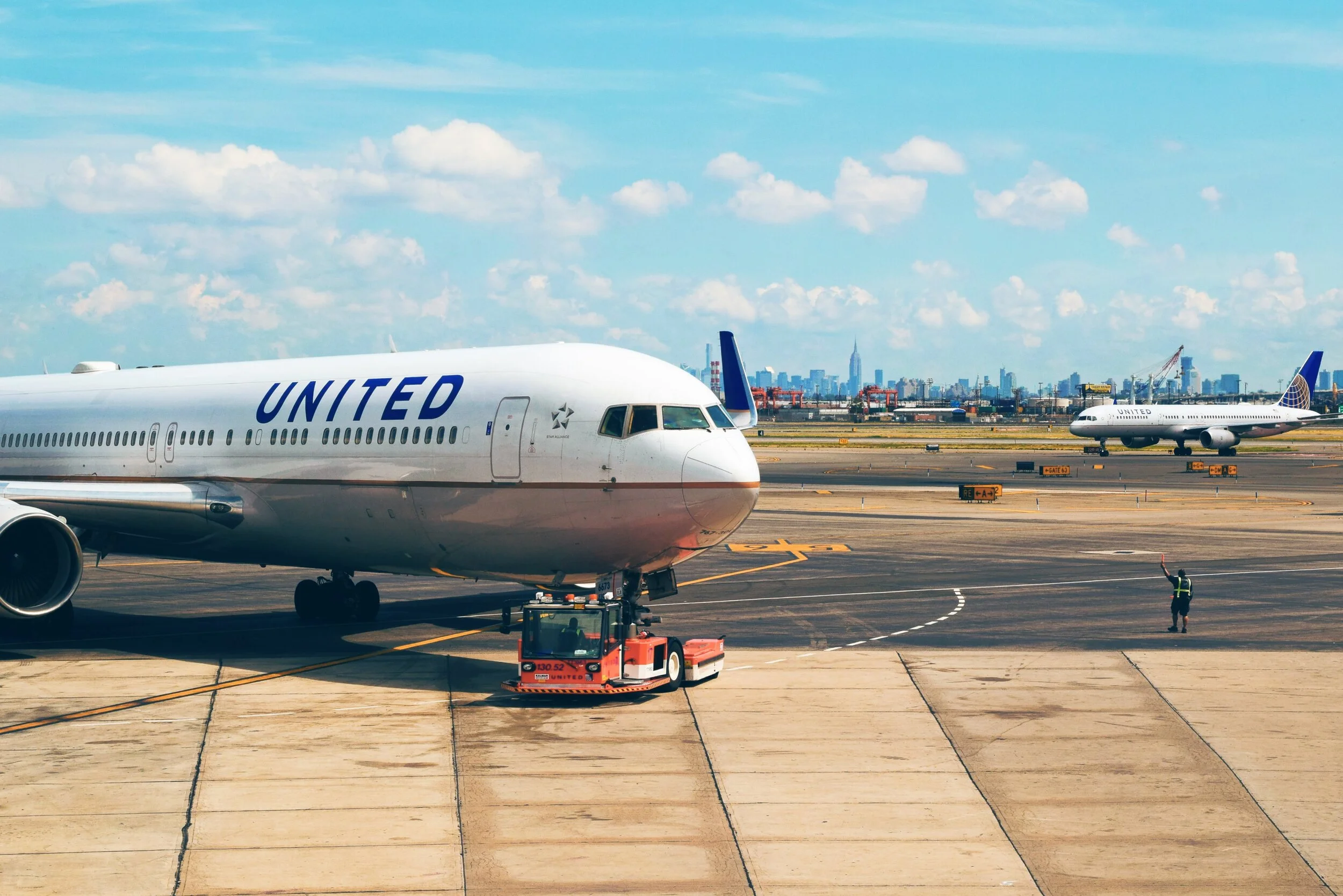Why United's Bonus Lottery Was Doomed From the Start
Read the full Forbes article here
The commercial aviation industry is a tough business. Really tough. Margins are often razor thin, factors like the weather can wreak havoc on your operation in the blink of an eye and customer expectations of the air travel experience tend to be extremely low. Aviation workers give it their all every day to deliver in, sometimes, unrelenting environments and they aren’t usually paid all that well for what they do.
Last week, the Chicago Business Tribune first reported on a United memo released to the airline’s staff announcing the “core4 Score Rewards”, the company’s new bonus program. Scott Kirby, President at United Airlines, expressed that the intent of the program was to reward employee contributions toward the company’s four key performance goals.
Rather than issuing quarterly bonuses to its 90,000 person employee base, it would instead create a bonus lottery where only a handful of lucky employees would win prizes including one $100,000 bonus, several $5,000 and $2,000 bonuses, a variety of vacation packages and cars. This lottery bonus scheme meant that employees would give up an estimated $1,500 in bonuses over the course of the year.
After online backlash came in like turbulence at 36,000 feet, United decided to “press pause” on the “core4” lottery bonus plan.
Intent versus impact.
Rewarding employees for exhibiting the behaviors necessary to drive one’s strategy is nothing new. Extrinsic motivation can be a powerful tool.
I have no doubt that the team at United had every intent of introducing some energy and excitement into their bonus program as a way to cast a light on their four key strategy performance goals. They communicated it and made it clear that the bonuses would be for achieving strategic goals of the company.
Ensuring that incentives are large enough to be meaningful is also important and, likely, was the intention of United’s leadership by pitching the idea of a lottery.
Unfortunately, the lottery approach, though well intended, was doomed to fail before it even got out of the gate.
Some people lose. Although getting a $100,000 bonus would certainly get most peoples’ attention, not getting it would be what the other tens of thousands of people would focus on. Regardless of how well those individuals and teams were at delivering the performance that United needs to execute on its strategy, the overwhelming majority of people will not see any sort of reward for their hard work. And losing just sucks.
Focus on the individual over the collective. Additionally, bonusing the few over the many creates an “us versus them” dynamic. It also sends the message that individual success, and in this instance luck, matters more than collective success. This is not wrong, per se, but before designing reward and incentive systems, attempting to understand the unintended consequences can help validating your plan before going public.
Conflicting expectations and priorities. I am left scratching my head a bit about what I perceive to be some mixed messages in terms of what’s most important to United. On one hand, airlines all measure their performance on some common things like on-time performance, missed bag rate, as well as revenue and cost per available seat mile. Unless one or more of the “core4 Score Rewards” success metrics was explicitly measuring the customer experience, satisfaction, or loyalty, the airline is rewarding behaviors that may conflict with being caring toward customers.
At the end of the day, what gets measured gets managed and what gets rewarded gets done. When it comes down to it, is it more important for an employee to ensure that the aircraft departs on-time (ensuring that on-time performance goals are met) or, to delay the departure in the spirit of ensuring that customers have a more positive experience?
Some outside perspective.
In order to better understand the challenge that United found itself in, I asked Deb Gabor, CEO of Sol Marketing, a brand strategy consultancy to share her thoughts on the matter.
CC: If United wants to solidify its reputation as the “most caring airline in a highly-competitive industry”, how does the lottery-style bonus plan fit into that?
DG: A brand exists in 360 degrees around a company and inside and out of it. A company’s brand is a definitive statement of the values and beliefs held by the organization and its people. In many respects, a company’s culture – which includes how employees are hired, managed, and compensated, how they engage with one another, and how they engage with customers – is indelibly intertwined with the company’s brand. The two can’t exist separately.
If United wants to solidify its reputation as the “most caring airline in a highly-competitive industry,” they need to look at that vision as a promise to customers, employees, and even investors. President Scott Kirby and other corporate leaders need to use that vision as a set of guiding principles that drive not only how the brand shows up in the market with their advertising and marketing, but also how every human being who comes into contact with the organization experiences its brand. In essence, that statement is United’s brand.
“If United was truly committed to being the most caring airline in the industry, it would create systems and processes and programs within the company designed to encourage and reward employee behaviors that advance that goal. When a company creates compensation programs without obvious ties to the company’s strategic brand objectives, it creates friction against the company’s brand; it creates a situation in which the external face of the brand doesn’t match the heart inside.”
CC: What does the communication of the lottery bonus program do in terms of reinforcing or conflicting with driving the right behaviors in the operation?
DG: When United announced its lottery bonus program, it broke its promise to employees. But more importantly, it broke its promise to its customers by creating a system that rewards randomness and variability, rather than consistency and caring, creating a condition in which employees aren’t incentivized to deliver experiences that reinforce the company’s promise to customers.
CC: What’s next for United?
DG: United just can’t seem to get it right these days. From last Spring’s incident involving Dr. David Dao and its botched attempts at managing the ensuing consumer backlash, to this most recent event, United seems to be doing everything wrong. However, United and the other domestic air carriers exist in a market in which consumer choice is somewhat limited.
Consumers may want to discontinue flying United’s friendly skies, but they’re often forced to choose the brand they perceive has broken its promise because of the availability of routes and schedules that match their needs. Today’s market-level conversation is largely anti-United. Last year’s event had only a temporary impact on United’s financial performance (the company lost about $255M in value in a single afternoon but quickly rebounded), and consumers’ memories are also pretty short. It will be interesting to watch to see how many more missteps the company can make before consumers really rebel.
In close.
I commend the good folks at United to find creative ways to generate some excitement and meaningful incentives to drive the right behaviors in their organization. Designing compensation and incentive programs is extremely challenging, primarily because they have so many unintended consequences.
Every reward decision you make is inevitably going to send messages to your staff about what is important to you and your organization. The challenge, I find, is that the more thoughtful you make your model, the more complicated it gets. As an organization, only you can decide what the right balance of intention and complexity that you are comfortable with. And that’s just the start. The most difficult challenge of the process is trying to understand how the model will change peoples’ behavior in the day-to-day.
Nobody said leadership was easy!

